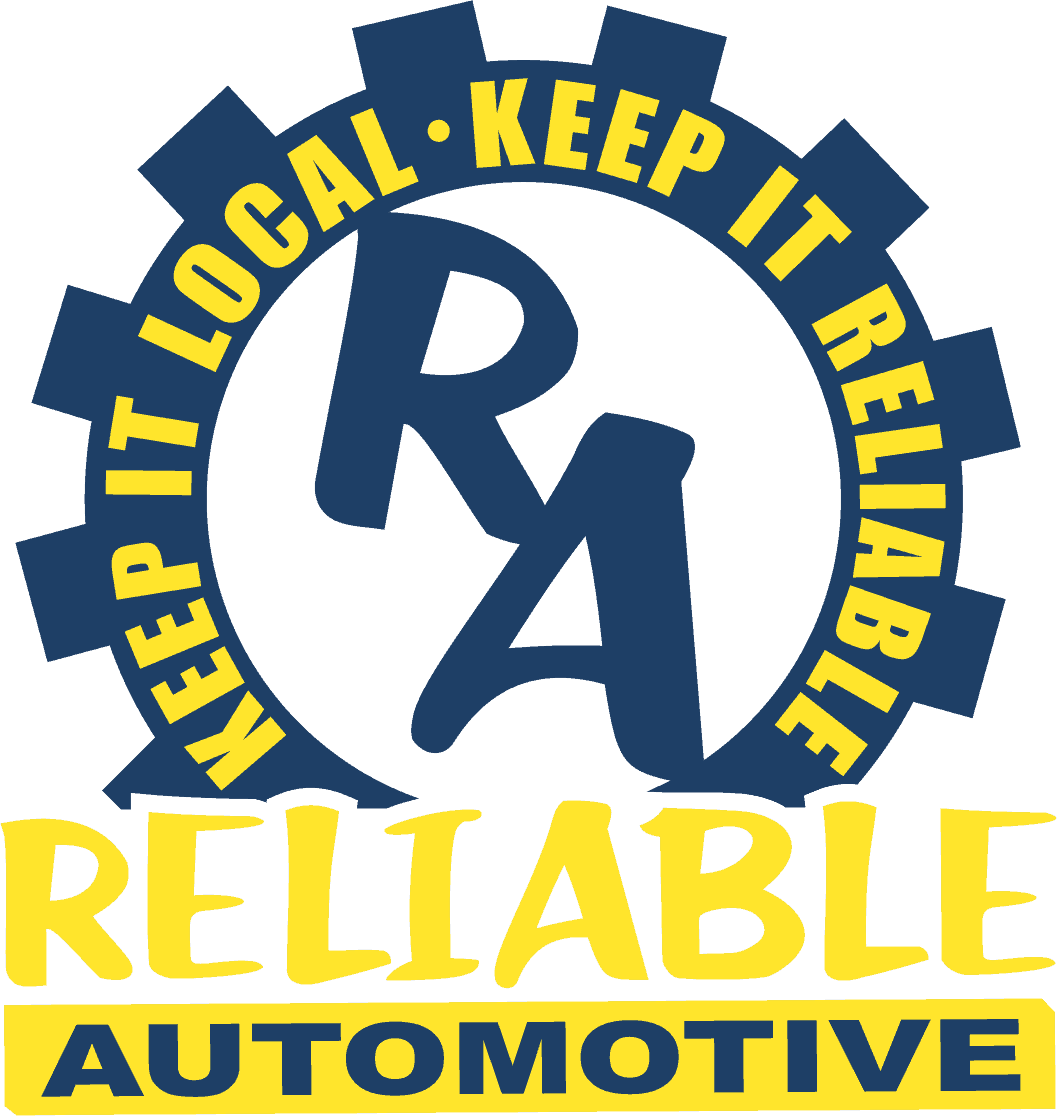
Ever wonder how often you should be having your car’s oil changed? Or if it really matters? Maybe you think you can save some money in the long run by not taking it in for its oil changes as often. Who knows, you might even be able to squeeze an extra thousand miles out of an old pickup truck in the process. Well, you might be creating a disaster, regular oil changes are essential for any vehicle. Below, we will answer that simple question that plagues car owners around the world—how often should you really have your oil changed?
How often you should have your vehicle’s oil changed depends on these factors:
1. Short trips
If you drive less than 10 miles to work each way and take mostly short trips around town, you should probably get your oil changed more frequently. As your engine runs, water condenses on cylinder walls and mixes with unburned hydrocarbons to form sludge. Short drives don’t allow the engine to get hot enough for this mixture to evaporate completely.
2. High mileage
If you’re driving an older car with over 100,000 miles on it or have racked up considerable mileage in a newer vehicle, you should have your oil changed sooner rather than later. That’s because the engine will be wearing out faster than normal, and its oil will accumulate dirt faster as well.
3. Your vehicle’s age
Newer vehicles that don’t have any kind of major mechanical issues going on can go longer between oil changes than older ones with engine wear and tear.
4.The type of oil in your vehicle
The traditional recommendation was to have an oil change every 3,000 miles or so. In fact, if you are using conventional motor oil, that was probably good advice. However, if you have synthetic or semi-synthetic motor oil in your car, this number can be pushed back significantly. Most auto manufacturers today recommend anywhere from 5,000 to 10,000 miles for an oil change when using synthetic motor oil.
5. Driving conditions
If you drive in extreme cold or heat, stop-and-go traffic, or dusty highway conditions, you might need to get more frequent oil changes than the standard recommendation. If you drive primarily on highways and in moderate temperatures, you can go longer between oil changes.
6. How you drive your car
If you spend most of your time in bumper-to-bumper traffic, as opposed to highway driving with few stops and starts, it would be beneficial to have an earlier service interval for an oil change. Stopping and starting puts more wear and tear on the engine and therefore requires more frequent changes of the motor oil.
How can you tell your car needs an oil change?
- Oil Color: A few drops of oil in the dipstick will usually give you a pretty clear indication that you need to have the oil changed. If it’s dark in appearance, you probably need some fresh oil.
- Oil level: If there’s more than a quart of oil in your car’s crankcase, or if it appears to be almost full when you look at the dipstick, it’s time to start thinking about an oil change.
- Visibility: If your car is dirty, it’s time to have the windows washed, and the upholstery needs to be vacuumed, then an oil change should probably be next on your list.
Bottom Line
So, what’s the bottom line here? The best recommendation is to stick with your car manufacturer’s recommended oil change intervals, which almost always fall between 3,000 and 7,500 miles. If you have a good relationship with your mechanic and trust their judgment about your vehicle, then go ahead and ask them for their opinion. Our knowledgeable mechanics at Reliable Automotive will be happy to help you create an oil change schedule that’s right for your vehicle. Stop by one of our locations any time!






